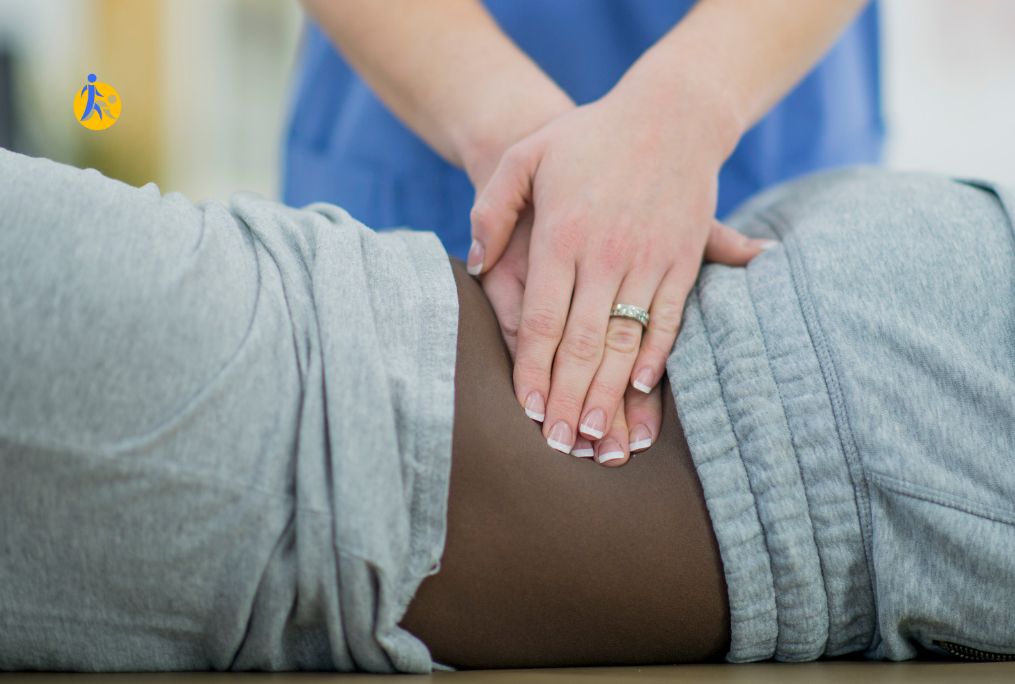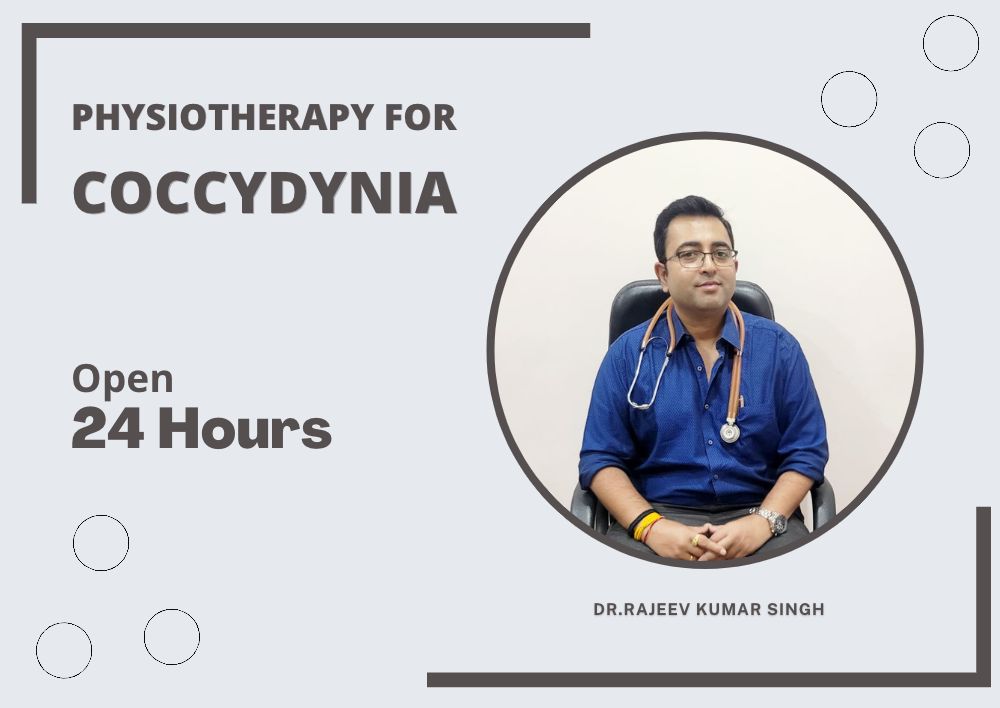Physiotherapy is an essential part of the healing process if you have Coccydynia because it helps your body heal itself while providing the means to ease your pain, muscle tension, and lack of mobility. When you are suffering from this condition, it’s important to treat it as soon as possible to relieve discomfort, manage your pain and decrease any risk of future problems associated with this injury. When you choose the right type of physiotherapy for Coccydynia and put in the work, your tailbone will feel better than it did before and the effect on your life will be significantly improved!
Causes of Coccydynia
Coccyx pain is often caused by trauma to the tailbone during a fall, prolonged sitting on a hard or narrow surface, degenerative joint changes, or vaginal childbirth. Treatments can vary from stretching and strengthening exercises to spinal manipulation. Other treatment options include acupuncture, massage therapy, and physical therapy. If you think you may have coccyx pain consult your doctor who will assess the problem with a medical history and a physical examination. Dr. Rajeev Kumar Singh Patna provides chiropractic care to help reduce chronic pain in your coccyx area. We offer treatments like chiropractic adjustments which can help relieve pressure on the spine and surrounding tissues in order to allow these tissues to heal themselves.
Symptoms of Coccydynia
Pain in the coccyx or tailbone is called coccydynia. This pain can be caused by trauma to the coccyx during a fall, prolonged sitting on a hard or narrow surface, degenerative joint changes, or vaginal childbirth. At Sai Health Care Wellness Centre, we offer physiotherapy treatments that have been shown to help alleviate symptoms of coccydynia. We’ll start by assessing your current level of pain and discomfort so that we know what’s working best for you.

How Physiotherapy Can Help
The aim of physiotherapy is to help you find ways to manage your pain and improve your function. With this in mind, one of the best ways that physiotherapists can help people with coccyx pain is by teaching them how to use a variety of self-care techniques and exercises. These include:
- Pelvic floor muscle exercises
- Stretching exercises
- Massage therapy
- TENS machine use
- Heat or ice therapy
What to Expect During Treatment
While you might think physiotherapy only involves physical therapy exercises, many other treatments are available. Your physiotherapist will be able to suggest the best treatment option to help you get back on your feet as quickly and safely as possible. The types of treatment that may be used are cold packs, electrotherapy (TENS machine), ultrasound, deep tissue massage, joint mobilizations, soft tissue mobilization, and myofascial release.
Prevention of Coccydynia
If you are experiencing pain in your coccyx or tailbone, it is imperative that you see a physiotherapist. It’s important to note that the pain will only worsen if left untreated. To reduce the chance of suffering from coccydynia, make sure to wear comfortable clothing and follow these tips:
1) Don’t sit on hard surfaces such as concrete floors or benches
2) Avoid sitting for long periods of time
3) Wear support under your buttocks and wear shoes with a broad base
